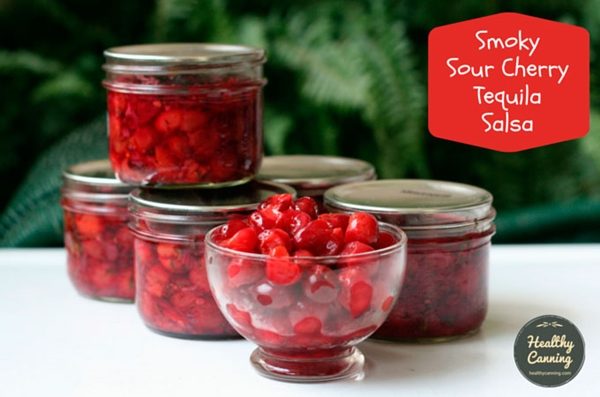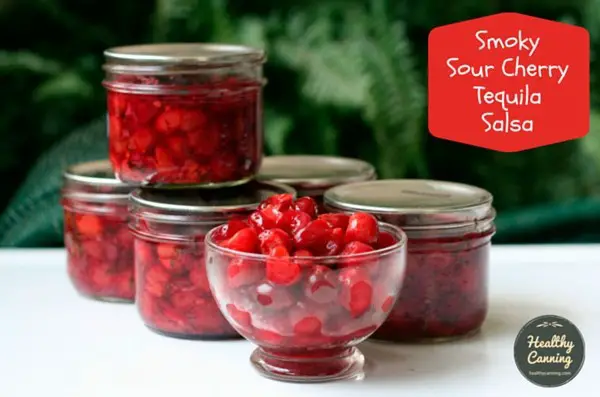
You may not have followed some of the kitchen rules, but canning safety rules are a must. That said, below are the canning safety rules you need to obey.
1. Use the Right Canner
Using the right canner is the most crucial one in this list of canning safety rules. Now, there are different types of canning, to be precise, two types of canners – pressure canner and boiling-water canners. The boiling-water canner is a pot that has a lid at the bottom, used to can high-acid foods.
On the other hand, pressure canners are suited for low-acid foods, such as vegetables, meats, etc. that are prone to contracting microorganisms. Additionally, the pressure canners heat food hotter as compared to boiling-water canners.
2. Don’t Reuse Lids
The two-piece lids come in handy with canning jars. Avoid using the same lid on multiple canning jars to prevent microorganisms from harbouring the food. Also, ensure that you adequately seal the jars for safety reasons.
The best part is that the jars come in a compact design, which means you won’t have a shortage of lids since they are included in the purchase. You may alternatively purchase them separately if you happen to displace either of them.
3. Measure Headspace and Don’t Overfill or Underfill
Usually, canning recipes will recommend that you don’t overfill or underfill (headspace). If you don’t know what headspace is, headspace is the space left between the top of the food and the jar rim top.
4. Choose the Right Jars
It is crucial that you only use jars meant explicitly for canning. This is because canning jars have been designed to accommodate high canning pressures. Never use glass jars, no matter whether they appear as if they are meant for canning. Additionally, you don’t want to risk using canning jars that look different from the most common canning jars in the market. Also, avoid jars with cracks as these jars can alter the seal.
It is also essential to use a canning jar recommended in any recipe as it can always take different amounts of time to attain the desired internal temperature in either a smaller or larger canning jar. And while vintage jars may look attractive, I advise you not to use them because they can easily crack in the middle of processing.
Finally, canning jars come in different styles – wide-mouth and regular-mouth jars. It is important to note that regular-mouth jars are best suited for foods, such as jellies, jams, etc. On the other hand, wide-mouth jars would do well with foods, such as pickles, tomatoes, relishes, etc.
5. Keep Everything Clean and Hot
Since microorganisms can barely survive in hot temperatures, ensure that your canned foods are prepared at high temperatures. A clean atmosphere for your canned foods is also a plus.
Before anything else, make sure to sanitize your canning equipment in boiling water to kill pathogens. Also, it would be best if you pack hot foods in hot, sterilized jars at a time. Seal the jars once you’re done packing so that pathogens don’t penetrate.


